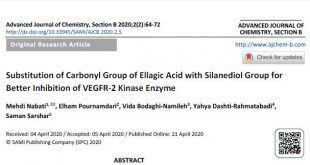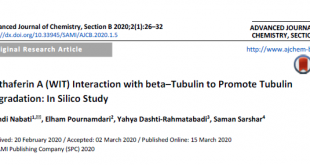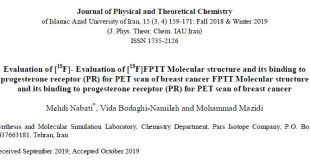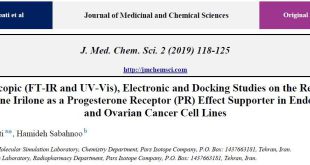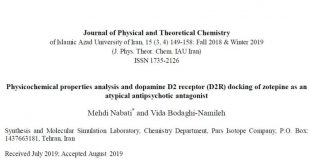Treatment of Sickle cell disease SCD
Sickle cell disease (SCD) is a genetic disorder in which a mutation of the hemoglobin subunit beta (HBB) results in generation of anomalous hemoglobin in shape of a sickle. Hemoglobin (Hb) is a protein existent in red blood cells and is composed of four subunits responsible for carrying oxygen throughout the body. Each and every major organ in the body is afflicted by SDC and various conditions are associated with this disease. Priapism is one of the conditions occurring in 30 to 45% of men with SCD due to the dysregulation of genitourinary system. Priapism is a disorder identified by the uncontrollable and persistent penile erection unrelated to sexual stimulation or desire. There are two recognized subtypes of priapism 1) non ischemic or high flow and 2) ischemic or low flow priapism. Patients with SDC experience ischemic priapism and are more likely to undergo more significant complications such as, progressive fibrosis of the penis, necrosis of corpus cavernosum smooth cells and endothelium and subsequently erectile dysfunction (ED). Generally, there are various mechanisms attributed to the occurrence of priapism including, diminished outflow from penis veins, an increased level of adenosine, the formation of erythrocytes sludge in vasculature of the penis and reduction of phosphodiesterase-5 (PDE5) due to depleted nitric oxide (NO) levels. SCD-induced priapism comes about as a result of NO deficiency. The major molecular pathway involved in the complex process of normal penile erection is NO/cGMP/PDE5 signaling pathway. Physiologically, NO synthesis in the body is regulated by NO synthase (NOS) specifically, its neuronal (nNOS) and endothelial (eNOS) isoforms. The phosphorylation and consequent activation of these NOS isoforms promote the generation of NO from L-arginine. NO binds to and activates guanylate cyclase (GC) following its absorption by smooth muscle cells. GC then catalyzes the reaction of converting guanosine-5′- triphosphate to cGMP and thus initiates the process of cavernosal smooth muscle relaxation and penile erection. The cessation of penile erection is a result of cGMP inactivation and conversion to 5′-GMP by PDE5 enzyme. PDE5 is an enzyme belonging to PDE superfamily. The mentioned enzymes are in charge of catalyzing the inactivation reaction of cGMP and cAMP. PDE5 mostly breaks down cGMP and is distinctly distributed in smooth muscles of renal tubules. The reduced levels of NO in SCD are recognized as the principal mechanism contributing to the disturbance of this physiological balance and consequent occurrence of priapism. The subsequent decrease in PDE5 expression, results in an uncontrolled activation and accumulation of cGMP and a persistent erection. Considering the key role NO pathway plays in SDC-induced priapism, investigating agents with NO donor properties seems logical. In a study by Silva et al., the NO donor properties of the compound 3-(1,3-dioxoisoindolin-2-yl) benzyl nitrate, synthesized by hydroxyurea and thalidomide molecular hybridization, was evaluated.
The studies shows that NO/cGMP/PDE5 pathway in regulating penile erection and SDC-induced priapism and investigates the beneficial effects of 3-(1,3-dioxoisoindolin-2-yl) benzyl nitrate, in ameliorating decreased NO bioavailability, the exact molecular mechanism of this compound remains unclear.
In 2020, Dr. Mehdi Nabati and Dr. Vida Bodaghi-Namileh studied the electronic properties of the novel medicinal compound 3-(1,3-dioxoisoindolin-2-yl) benzyl nitrate as a treatment of sickle cell disease using density functional theory (DFT) method. In first step, they optimized the molecular structure of the title compound at B3LYP/6-311++G(d,p) level of theory at room temperature. Then, they calculated its stability and reactivity properties by frontier molecular orbitals (FMOs) energies. The global reactivity indices showed this medicinal molecule is a more stable compound and the nitrogen atom of the nitrate group has positive charge. So, the nitrate group can quit nitric oxide molecule in binding to Phosphodiesterase-5 (PDE5) enzyme. On the other hand, their docking analysis on the ligand-enzyme complex showed the steric interactions play the main role in this complex formation. Their studies indicated the PDE5 residues containing Phe [A] 820, Gln [A] 817, Ile [A] 768, Val [A] 782, Gln [A] 775, Phe [A] 786, Ile [A] 778, Leu [A] 765, Met [A] 816, Ala [A] 767 and Tyr [A] 612 play main role in the ligand-enzyme complex formation.
For more information about treatment of Sickle cell disease (SCD), please read the following article:
 Iranian Chemist شیمیدان ایرانی
Iranian Chemist شیمیدان ایرانی
